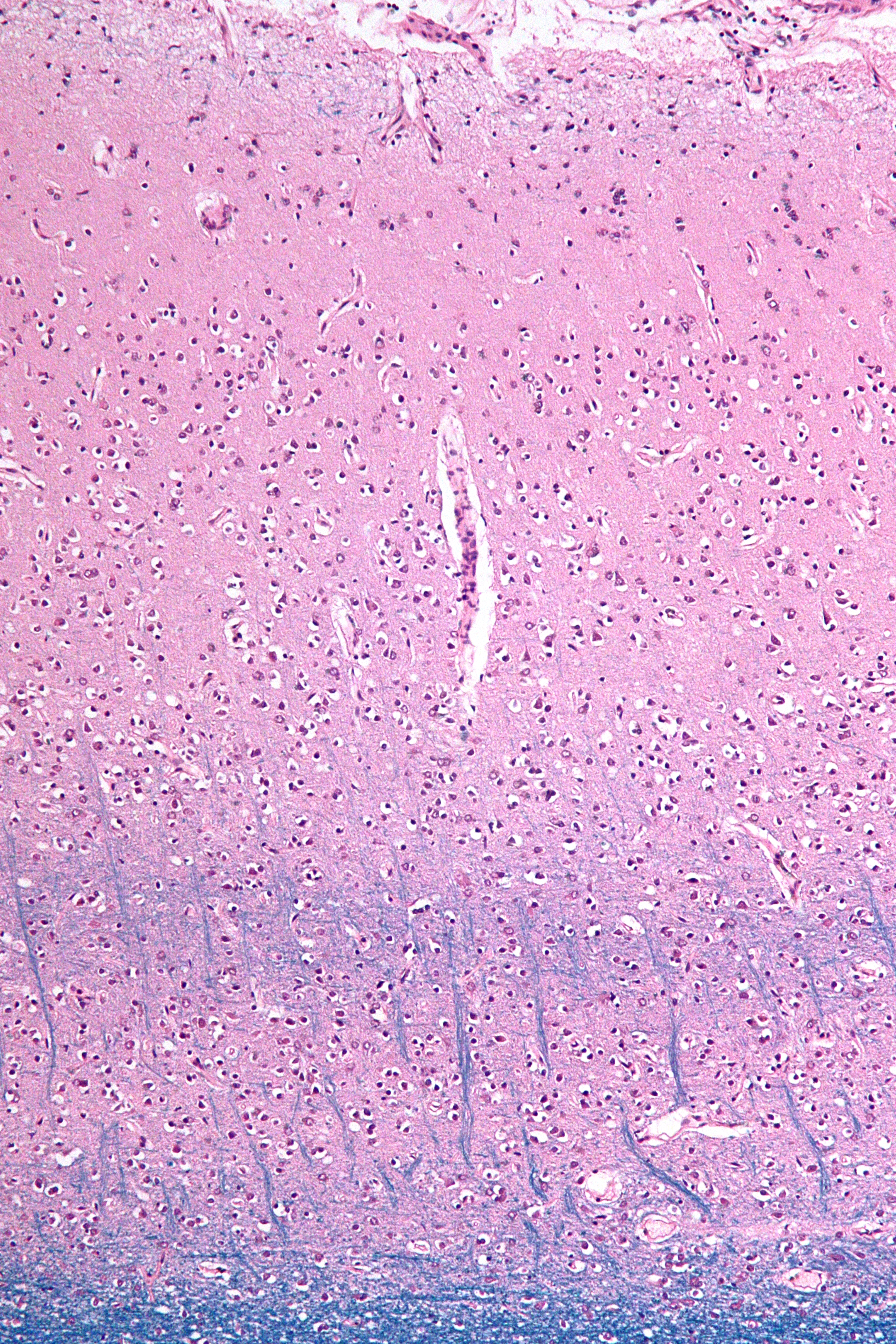Jules Baillarger on:
[Wikipedia]
[Google]
[Amazon]
Jules Baillarger, full name Jules Gabriel François Baillarger (25 March 1809 – 31 December 1890), was a French
 In 1840 Baillarger was the first physician to discover that the
In 1840 Baillarger was the first physician to discover that the
''Jules Baillarger''
at
neurologist
Neurology (from el, νεῦρον (neûron), "string, nerve" and the suffix -logia, "study of") is the branch of medicine dealing with the diagnosis and treatment of all categories of conditions and disease involving the brain, the spinal c ...
and psychiatrist
A psychiatrist is a physician who specializes in psychiatry, the branch of medicine devoted to the diagnosis, prevention, study, and treatment of mental disorders. Psychiatrists are physicians and evaluate patients to determine whether their sy ...
.
Biography
Baillarger was born in Montbazon, France. He studied medicine at theUniversity of Paris
, image_name = Coat of arms of the University of Paris.svg
, image_size = 150px
, caption = Coat of Arms
, latin_name = Universitas magistrorum et scholarium Parisiensis
, motto = ''Hic et ubique terrarum'' (Latin)
, mottoeng = Here and a ...
under Jean-Étienne Dominique Esquirol
Jean-Étienne Dominique Esquirol (3 February 1772 – 12 December 1840) was a French psychiatrist.
Early life and education
Born and raised in Toulouse, Esquirol completed his education at Montpellier. He came to Paris in 1799 where he worke ...
(1772–1840), and while a student worked as an intern at the Charenton mental institution. In 1840 he accepted a position at the Salpêtrière, and soon after became director of a ''maison de santé'' in Ivry-sur-Seine
Ivry-sur-Seine () is a commune in the Val-de-Marne department in the southeastern suburbs of Paris, France. It is located from the centre of Paris.
Paris's main Asian district, the Quartier Asiatique in the 13th arrondissement, borders the ...
. Among his assistants at Ivry was Louis-Victor Marcé (1828-1864).
With Jacques-Joseph Moreau
Jacques-Joseph Moreau (3 June 1804 – 26 June 1884), nicknamed "Moreau de Tours", was a French psychiatrist and member of the Club des Hashischins. Moreau was the first physician to do systematic work on drugs' effects on the central nervous ...
(1804–1884) and others, he founded the influential ''Annales médico-psychologiques'' (Medical-Psychological Annals).
Contributions and theories
 In 1840 Baillarger was the first physician to discover that the
In 1840 Baillarger was the first physician to discover that the cerebral cortex
The cerebral cortex, also known as the cerebral mantle, is the outer layer of neural tissue of the cerebrum of the brain in humans and other mammals. The cerebral cortex mostly consists of the six-layered neocortex, with just 10% consisting o ...
was divided into six layers of alternate white and grey laminae. His name is associated with the inner and outer bands of Baillarger, which are two layers of white fibers of the cerebral cortex
The cerebral cortex, also known as the cerebral mantle, is the outer layer of neural tissue of the cerebrum of the brain in humans and other mammals. The cerebral cortex mostly consists of the six-layered neocortex, with just 10% consisting o ...
. They are prominent in the sensory cortical areas because of high densities of thalamocortical fiber terminations. The outer band of Baillarger is especially prominent in the visual cortex, and is sometimes referred to as the band of Gennari.
In the field of psychiatry, Baillarger did research on the involuntary nature of hallucinations
A hallucination is a perception in the absence of an external stimulus that has the qualities of a real perception. Hallucinations are vivid, substantial, and are perceived to be located in external objective space. Hallucination is a combinati ...
and the dynamics of the hypnagogic state (the intermediary stage between sleep and wakefulness). In 1854 he provided a description of a psychiatric disorder involving both manic and depressive episodes in the same individual, a condition that he referred to as ''folie à double forme'' (dual-form insanity). Unbeknownst to him at the time, another French psychiatrist, Jean-Pierre Falret
Jean-Pierre Falret (; 26 April 1794 – 28 October 1870) was a French psychiatrist. He was born and died in Marcilhac-sur-Célé.
(1794-1870), had described fundamentally the same condition (with a number of salient differences) in an article prior to Baillarger's findings. Falret referred to the disorder as ''folie circulaire'' (circular madness).
Selected publications
* ''Recherches sur la structure de la couche corticale des circonvolutions du cerveau'', (1840) * ''Des hallucinations, des causes qui les produisent et des maladies caractérisent'', Mémoires de l’Académie de Médecine
An academy (Attic Greek: Ἀκαδήμεια; Koine Greek Ἀκαδημία) is an institution of secondary or tertiary higher learning (and generally also research or honorary membership). The name traces back to Plato's school of philosop ...
(1842)
* ''Hallucinations'', Annales médico-psychologiques du système nerveux, (1844)
* ''Folie à double forme'', Annales médico-psychologiques du système nerveux, (1854)
* ''Recherches sur les maladies mentales'', 2 volumes; (1890)
Notes
References
''Jules Baillarger''
at
Who Named It
''Whonamedit?'' is an online English-language dictionary of medical eponyms and the people associated with their identification. Though it is a dictionary, many eponyms and persons are presented in extensive articles with comprehensive bibliograp ...
{{DEFAULTSORT:Baillarger, Jules
French psychiatrists
French neurologists
1809 births
1890 deaths
Bipolar disorder researchers
People from Indre-et-Loire
University of Paris alumni